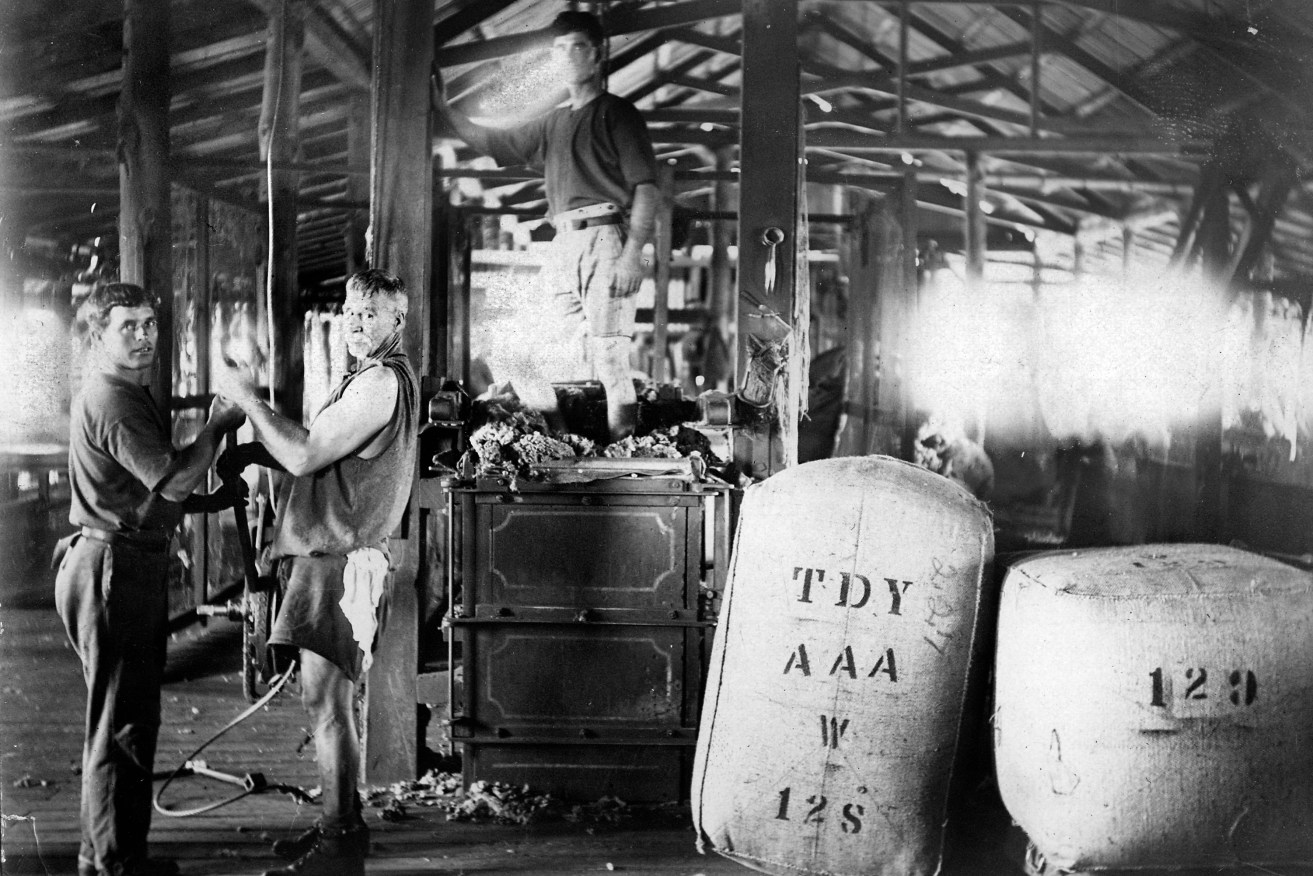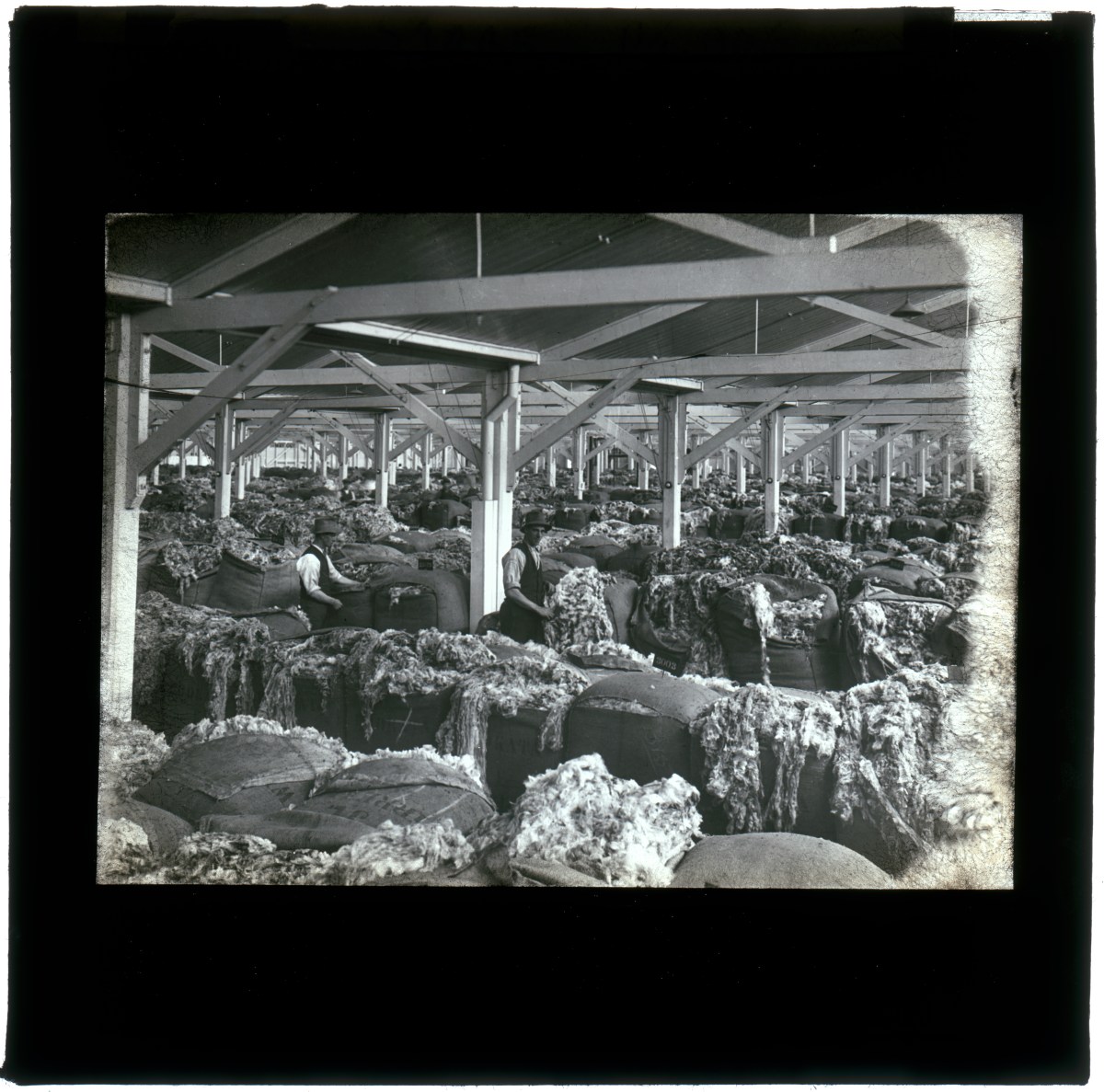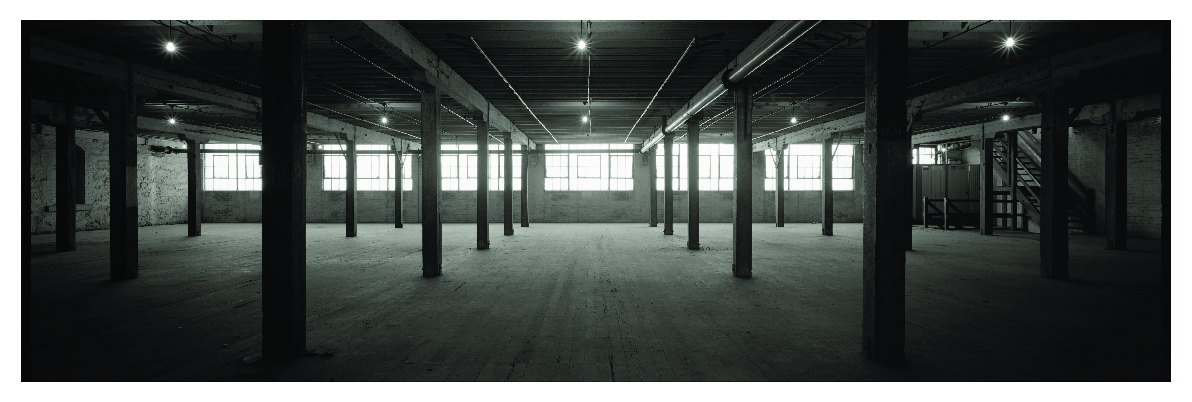Time and place: Port Adelaide’s wool stores
Once a potent symbol of South Australia’s powerful grazing industry, Port Adelaide’s wool stores now await a very different future. The latest installment in our series on significant South Australian places, people and things looks at the buildings that survived the boom and bust.

Workers "dumping wool", Port Adelaide, 1923. Photo courtesy State Library of South Australia.
Lumbering 19th century wool stores, their jarrah floors steeped in lanolin, line Port Adelaide’s Santo Parade. Vacant for several decades, they are now earmarked for redevelopment – loft-style conversions for those with a penchant for industrial chic.
Once South Australia’s entire wool clip was siphoned through these buildings en-route to the looms of Europe.
The colony’s most powerful graziers formed Elder Stirling and Company in 1856 and built their imposing stone store near the Port River. By the late 1870s the Port was the hub of the lucrative wool trade.

Men baling wool, Port Adelaide wool store, about 1950. Photo courtesy State Library of South Australia.
Bales were lined up and opened for buyers to value. About five kilos would be pulled out and dropped on the floor. Post sale, labourers stuffed this wool back by hand—a tricky job on heavy bales.
Mike Smith, a stock agent with Wesfarmers Dalgety, recalled: “The rookies would always be relegated to the oddments section which included stained crutchings, dags, and maggoty, dead and flyblown wools.”
Wool was a light but bulky cargo, so the stores were also responsible for ‘dumping’ wool – compacting it with hydraulic presses to reduce the space it consumed in a ship’s hold.
The wool boom continued through the 1880s. More sprawling brick and stone stores were constructed to the south of New Port, robust enough to withstand the heft of wool presses and thousands of bales from the ever expanding clip.
Other companies shifted in: Goldsbrough Mort, Bagot Shakes and Lewis, Dalgety and Luxmoore, and the South Australian Farmers Co-op.
A demand for woollen uniforms during the Korean War in the 1950s saw the last boom. Synthetic materials gradually supplanted natural fibres and the market collapsed completely in 1990.

The wool stores today. Photo: Tony Kearney
Stunning photographs of these wool stores and other parts of Port Adelaide’s hidden heritage are on display in the exhibition Hidden Port: Brought to Light at the SA Maritime Museum.
Lindl Lawton is senior curator at the SA Maritime Museum.
Time and place is a series about historic places, people and objects in South Australia, brought to you by a partnership of InDaily and the History Trust of South Australia.
Go here for more “Time and place” articles.
For more stories like this one, you can also visit the SA History Hub.




